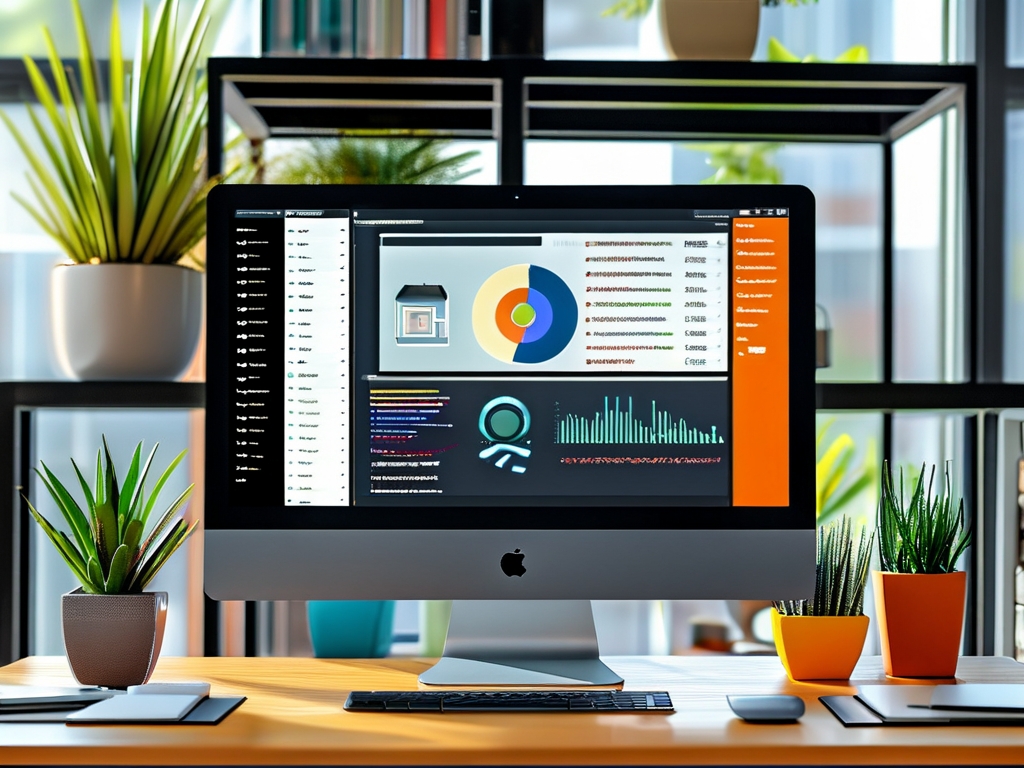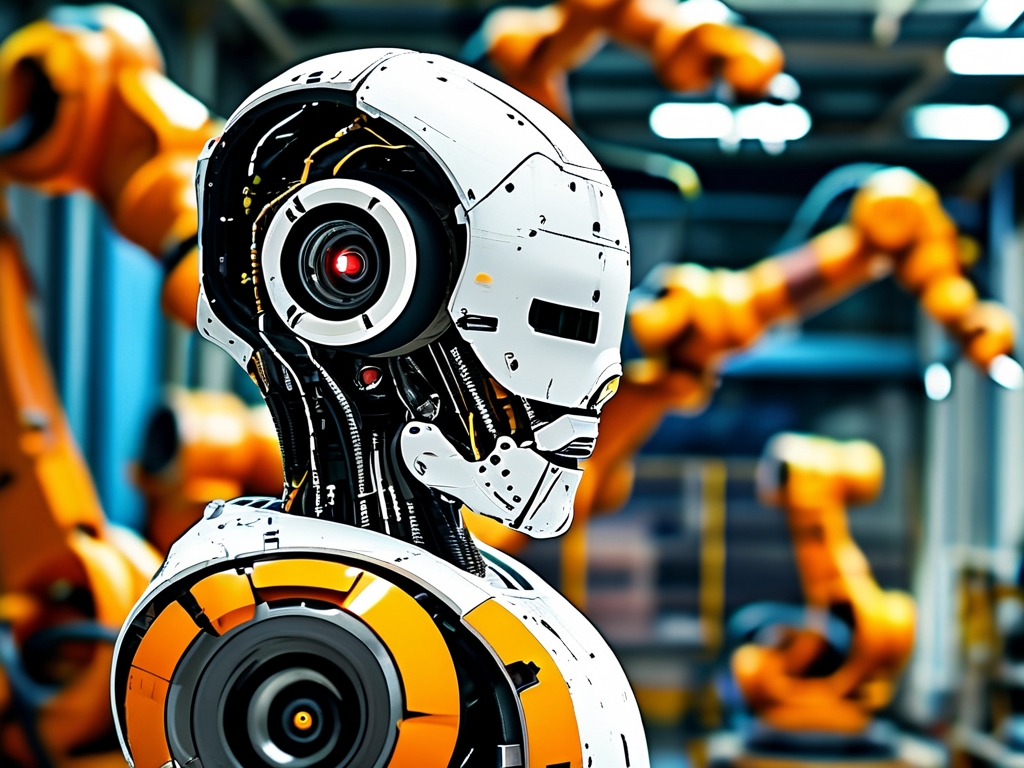In the rapidly evolving landscape of embedded systems, designing effective user interfaces (UIs) remains a critical yet often underestimated challenge. Embedded systems, which power devices ranging from medical equipment to automotive dashboards, require UIs that balance functionality, responsiveness, and resource efficiency. This article explores the unique challenges of embedded UI development and outlines best practices to create intuitive and reliable interfaces.

1. The Unique Challenges of Embedded UI Development
Embedded systems operate under constraints that traditional software platforms rarely face. These include:
- Limited Hardware Resources: Unlike desktop or mobile applications, embedded systems often run on microcontrollers with restricted memory, processing power, and display capabilities. Developers must optimize every line of code to avoid performance bottlenecks.
- Real-Time Requirements: Many embedded systems, such as industrial controllers or aviation systems, demand real-time responsiveness. Delays in UI rendering or input processing can lead to catastrophic failures.
- Diverse Hardware Ecosystems: Embedded UIs must adapt to varying screen sizes, input methods (touch, buttons, rotary encoders), and environmental conditions (e.g., sunlight readability for outdoor devices).
- Long Product Lifecycles: Embedded devices often remain in use for decades, requiring UIs that are both future-proof and backward-compatible.
2. Key Principles for Effective Embedded UI Design
To address these challenges, developers should adhere to the following principles:
A. Prioritize Functional Simplicity
Embedded UIs must focus on core functionality. Cluttered interfaces increase cognitive load and risk errors. For example, a medical device UI should display critical vitals prominently while keeping secondary menus minimal.
B. Optimize for Performance
Techniques such as pre-rendering graphics, using lightweight libraries like LVGL or Qt for Embedded Systems, and minimizing dynamic elements ensure smooth operation. Avoiding complex animations and leveraging hardware acceleration (where available) can also enhance responsiveness.
C. Design for Reliability
Embedded UIs must handle edge cases gracefully. For instance, a vehicle’s infotainment system should remain operational even if a background process crashes. Implementing watchdog timers and fail-safe modes ensures continuous usability.
D. Ensure Cross-Platform Compatibility
Using frameworks like Embedded Wizard or TouchGFX allows UIs to scale across devices with different resolutions and input methods. Abstraction layers decouple UI logic from hardware-specific code, simplifying maintenance.
3. Case Study: UI Design in Smart Home Devices
Consider a smart thermostat embedded system. Its UI must:
- Display temperature and humidity in real time.
- Allow users to set schedules via touch or physical buttons.
- Operate on low-power hardware with a small LCD screen.
By adopting a minimalist design, leveraging vector graphics for icons, and using event-driven programming to reduce CPU usage, developers can create a responsive interface that meets these requirements.
4. The Role of Prototyping and Testing
Prototyping tools like Figma or Adobe XD help visualize UIs before coding. However, embedded developers must also test on actual hardware early in the cycle to identify performance issues. Techniques include:
- Memory Profiling: Tools like Valgrind detect memory leaks in UI applications.
- Usability Testing: Observing real users interacting with prototypes reveals pain points, such as unintuitive navigation or delayed feedback.
5. Emerging Trends in Embedded UI Development
- AI-Driven Interfaces: Machine learning models can predict user actions, enabling adaptive UIs. For example, a industrial control panel might prioritize frequently used buttons based on operator behavior.
- Voice and Gesture Control: As voice assistants like Alexa integrate into embedded systems, UIs must support multimodal input.
- Enhanced Security: Secure UIs with features like biometric authentication are becoming essential for devices handling sensitive data.
6.
Designing UIs for embedded systems requires a blend of technical precision and user-centric thinking. By embracing optimization, modularity, and iterative testing, developers can create interfaces that are not only functional but also resilient in resource-constrained environments. As embedded systems grow more complex, the role of thoughtful UI design will only become more pivotal in ensuring seamless human-machine interaction.








